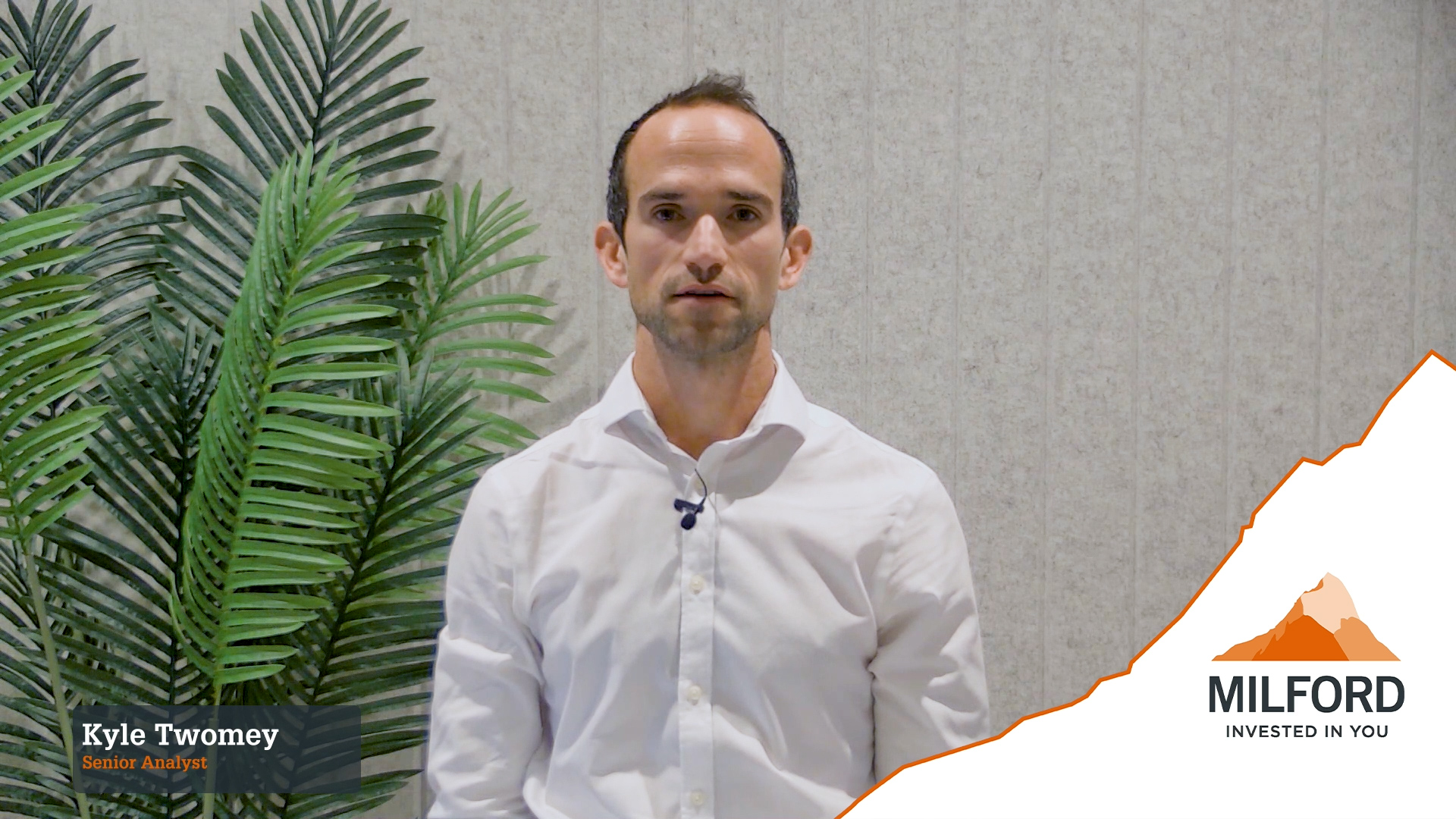Blood Plasma is big business. Collecting, processing, manufacturing and ultimately selling plasma derived products has been a valuable area for investors. In Australia this has resulted in CSL becoming one of the largest ASX companies by market capitalisation since listing.
Why is the industry attractive?
Plasma products have proven to be excellent medical products with numerous critical applications, delivering therapeutic outcomes that are difficult to substitute with alternative therapies. This has allowed the Blood Plasma industry to grow revenue at about 9% p.a. for the last 25 years, and this is expected to continue in the near term, albeit longer term competitive threats remain a risk. The industry has historically been an oligopoly with limited risk from patents that is often present in the broader pharmaceutical industry.
About CSL
CSL is one of the world’s largest global plasma fractionators and has outperformed peers both from an operational perspective as well as generating superior shareholder returns through time. They have been able to generate better economics per litre of plasma collected- manufacturing more high value products, at lower incremental costs, driving up returns, allowing them to grow ahead of the market. They also invest materially in R&D and continue to add products such as CSL112 to their research pipeline, the upside potential of which is not factored into market valuations. Plasma fractionation is the dominant driver of CSL’s earnings, albeit it has been supplemented more recently with a strong performance particularly from its influenza vaccine business Seqirus, which saw sales explode upwards during Covid.
More recently, however, CSL has materially underperformed its benchmark. Over the last 12 months it has underperformed the ASX200 by about 45%. Alternatively taking a more “nuanced” view, comparing pre-covid levels to now, it has underperformed by about 10%. This is material in the context of the company and its historic performance, which has seen defensive revenue growth of about 12% p.a. over a period of the last ten years, delivering shareholder value well in excess of the market.
What has driven this underperformance?
Covid-19 has driven weakness in plasma collection volumes, with December volumes still down 20% versus the previous year. There has been caution from donors to visit clinics given fears of contracting Covid as well as lockdowns preventing donation. On top of this, significant stimulus has been provided in the US, the largest plasma donation market, reducing the need for donors to supplement their income. Any weakness in plasma volumes takes an estimated nine months to translate into lower sales as a result of the time it takes to collect, process and then sell inventory. This long working capital cycle means expectations for 2022 are muted, reflecting the current weaker collection volumes. The market is nervous about how long it takes for these volumes to recover firstly, and then to grow into the additional collection capacity that CSL have built.
The opportunity
We think there is a significant non-consensus opportunity in CSL shares with the market overly focused on near term collection volumes, and not focusing on the medium-term opportunity and capacity CSL have built. The shares look to be undervalued when looking through the weaker volumes, as well as the partial offset of higher prices particularly in Europe. We expect a bounce back in collections as US stimulus cheques are spent and the vaccines drive a normalisation in activity across the US. This should drive an improvement in market sentiment as investors start to look to a recovery in revenue and earnings in 2023. There are attractive risk adjusted returns on offer for patient investors in a well-run global leader operating in an attractive oligopolistic industry. Whilst timing of any investment can always slip, we are confident of generating a strong return from this stock over most time horizons.


